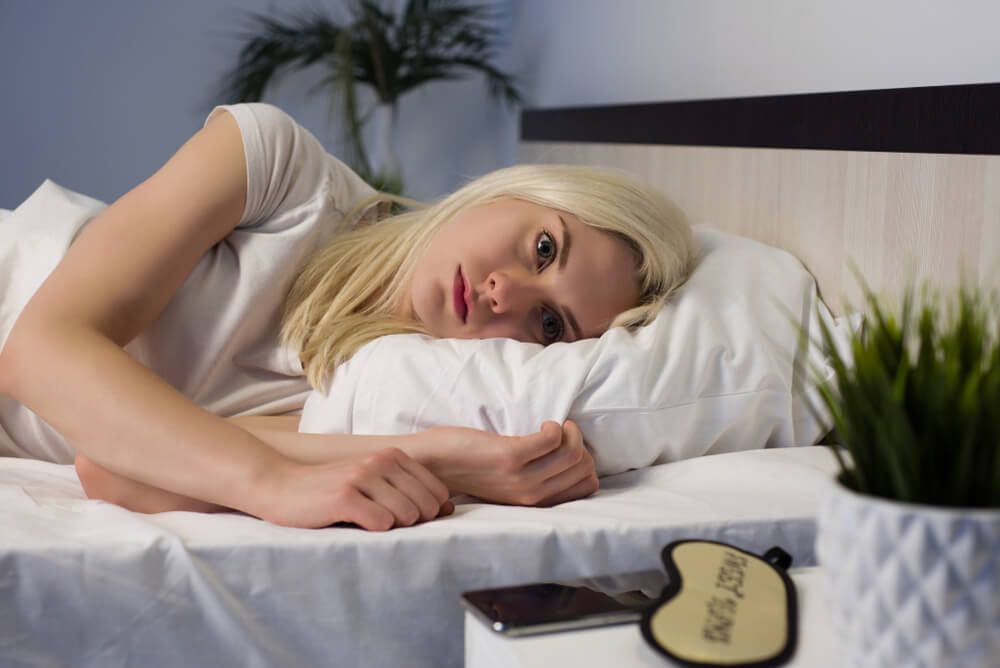Central disorders of hypersomnolence comprise a range of sleep conditions where individuals require longer sleep durations than those without such disorders. These individuals typically sleep for extended periods, often 10 hours or more, yet wake up feeling unrefreshed. They might also experience excessive daytime sleepiness, leading to an inability to function effectively throughout the day. Some may even need multiple naps to alleviate extreme daytime drowsiness.
Extended Sleep Duration: People with these disorders sleep significantly longer but still wake up feeling tired and unrested.
Excessive Daytime Sleepiness: They often struggle with extreme sleepiness during the day, which hampers their ability to engage in daily activities.
Napping Patterns: Clients might require frequent naps throughout the day to manage their heightened need for sleep. The quality of these naps varies, with some experiencing refreshing naps (such as in narcolepsy) and others reporting unrefreshing naps (as in idiopathic hypersomnia).
Narcolepsy Type 1: Often accompanied by cataplexy, characterized by sudden muscle weakness triggered by emotions like laughter or surprise.
Narcolepsy Type 2: Similar excessive daytime sleepiness but without cataplexy.
Idiopathic Hypersomnia: Marked by excessive sleepiness and long sleep periods, without the typical symptoms of narcolepsy.
These disorders significantly impact an individual’s daily life and functioning, often necessitating specialized care and treatment to manage their symptoms effectively.

